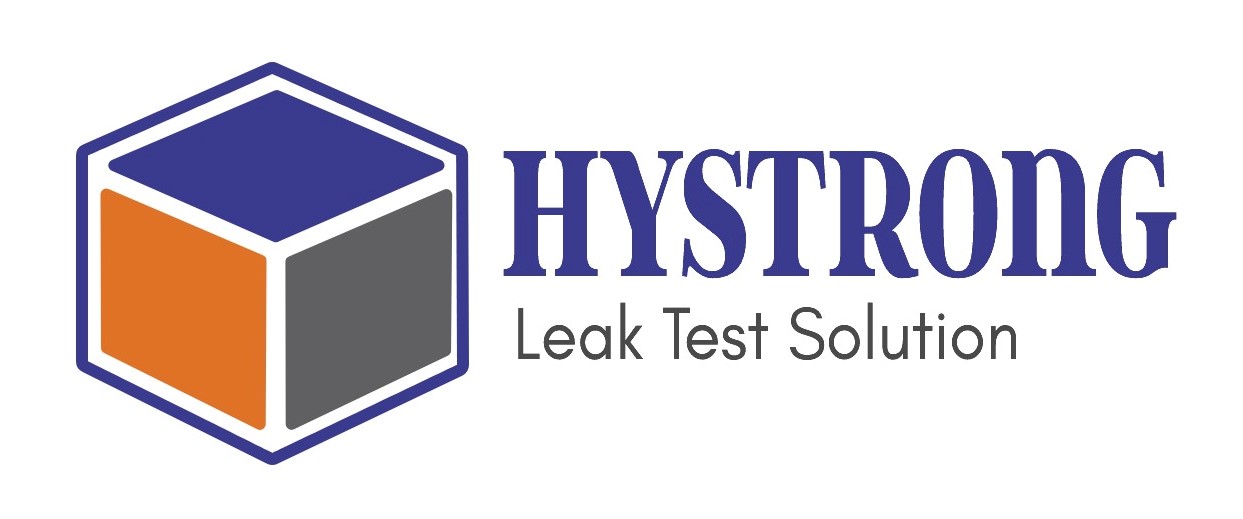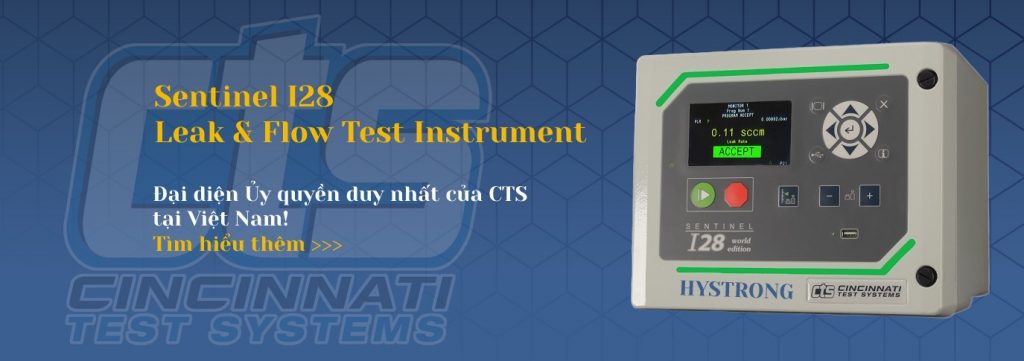Reagent cartridge are commonly used in larger biological laboratories or care facilities for infection verification or genetic identification by automated and semi-automated diagnostic interpretation (IVD) testing and interpretation gene sequencing and microarray scanning/ analyzing equipment.
Leak testing can be performed on 100% of these components during production before or after filling the container with reagents. The testing process is different for each situation and we cover the requirements for both in this post.
The steps described are based on our experience using the Blackbelt Pro single- or multi-channel Sentinel Blackbelt Pro unit and CTS Connections for sealing.
Empty reagent cartridge leak test procedure
Start by sealing the empty toner cartridge to test
Accurate sealing is essential to ensure test accuracy. All cartridge openings are sealed with a Standard CTS Connector designed to seal around the cartridge’s outer diameter (CO30/31) or inner diameter (CI30/31) port(s) of the cartridge.
The empty reagent cartridge is then pressurized
The leak tester will pressurize the cartridge with compressed air/nitrogen which is regulated via one or more CTS Connections. The pressurization approach depends on the design of the cartridge: for example, some have separate but adjacent internal chambers within them. If leakage from one chamber to another is concerned, each component must be pressurized separately. Chambers not tested shall be ventilated to the atmosphere.
At the end of pressurization, the device may detect an improper pressure supply or an overall leak on the cartridge.
Check for gross and minor leaks in the reagent chamber
The next step is stabilization, where pressure is retained inside the pipeline to minimize the natural pressure loss of leak-free components due to expansion or creep, adiabatic thermal effects, and absorption capacity, which increases the separation of the final measured pressure loss/decay between the good and the reject part. At this stage, slightly smaller but still intact leaks on the cartridge chamber are detected.
Once the stabilization is complete, the device records the pressure loss/drop over a set test period and compares it with the min/max pressure limit to determine if a small leak is present or not.
Final step: Drain the foil compartments
After the end of the test, the pressure inside the cartridge or chamber is released for a specified discharge time.
If the cartridge has multiple internal chambers, the full test cycle is then repeated for each untested cavity associated with a different test port until all have been individually tested. These sequential tests check for leaks from one compartment to another and from one compartment to another.
Leak Test Process for Cassettes Filled with Reagent
Unlike empty cartridges, reagent-filled cartridges are sealed, making it impossible to pressurize or evacuate inside leak-free devices. These sealed cartridges require a relatively consistent amount of internal air inside the cartridge or the inner cavity in the foil seal to allow for accurate dry leak testing.
Instead of the positive pressure test used for empty cartridges, these tests are usually performed with negative (vacuum) pressure, testing the negative pressure of each pad by attempting to pull air inside the cartridge that came out through a leaky foil gasket.
Sealing the Filled Reagent Cartridge for Test
For an effective test, all foil-sealed cartridge holes should be sealed using a custom fixture with sealing tips surrounding each foil-sealed hole. If sealing just around the foil sealed areas is not possible due to the physical shape of the part or the small cartridge size, the entire cartridge is housed in a custom vacuum chamber designed to minimize the external mass surrounding the outside of the cartridge to maintain maximum sensitivity during both rough and fine leak testing.
In either case, the cartridge must be oriented in a way that allows the entire foil seal to come into contact with the trapped air head space inside, without the reagents coming into contact with the foil seal — otherwise, leaks can be covered.
Evacuation of the Sealing Heads or Vacuum Chamber and Gross Leak Test
Since there is only a finite amount of air inside the cartridge above the reagent inlet, an overall leak test must be performed first; otherwise, the leaf leakage can be so severe that all the space above the air is sucked out during the normal Fill step and the air will then decompose during the final test.
In the instrument, a fixed reference volume is vacuumed and its vacuum level is compared with the set minimum and maximum limits. The tester then releases this vacuum into the test chambers or washers and verifies the final level of vacuum provided against another limiter. If this is below the minimum vacuum limit, the cartridge will be discarded immediately, assuming there is an overall leak on the cartridge, as the space inside the test head or chamber is larger than normal.
For test efficiency, the gross leak testing sequence can be adjusted so the final delivered vacuum to the seal heads or vacuum chamber matches the specified fine leak testing vacuum level. Then the test may immediately proceed to fine leak detection.
Detecting Fine Leaks in Reagent – filled Cartridges
The isolating valve inside the test instrument closes, removing the reference volume from the small leak test volume and keeping the vacuum inside the vacuum seals or chambers for a defined stabilization time. Just like in empty cartridges, this is to minimize the natural vacuum loss of components that don’t even leak due to various factors. The vacuum level is measured to detect smaller but still coarse leaks
Following stabilization, the vacuum loss/decay is recorded over a set test time and compared to min/max decay limits to determine whether fine leaks are present. At the end of the test, the vacuum trapped is vented to the atmosphere and the user may release the seals or open the vacuum chamber to remove the tested cartridge.
—-
Hystrong is the Only Authorized Unit of Cincinnati Test Systems (CTS) in Vietnam, with a team of experienced Technicians.
Contact Hystrong Vietnam for advice on installing the most suitable system! Contact now>>>
Facebook: CincinnatiVN
Hotline: (+84) 919-995-040 (call/zalo)


